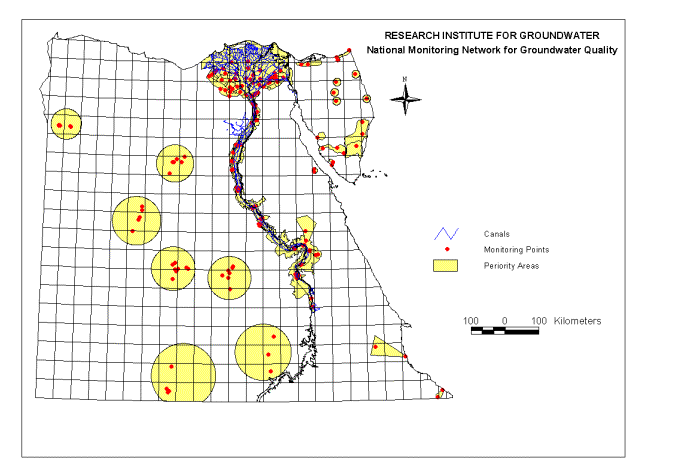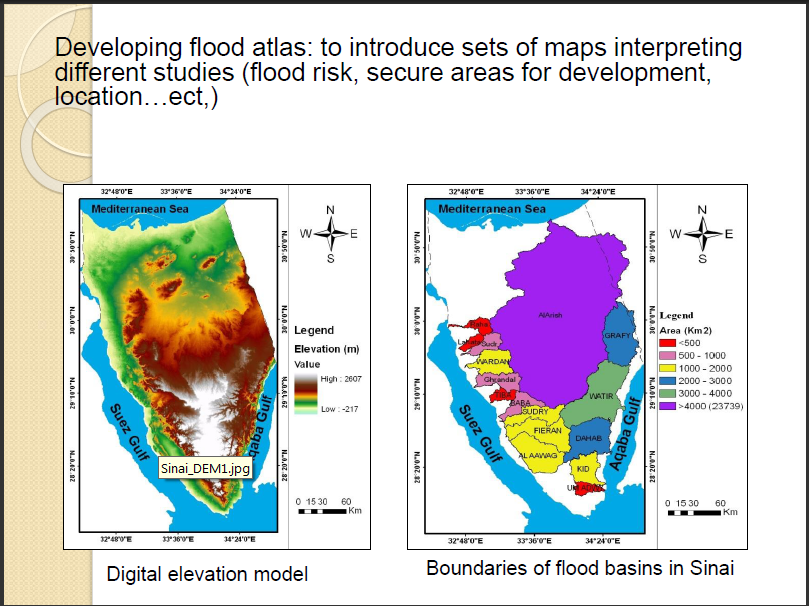
Embankment Failure and Levee Breach
Levee breach is a hot issue nowadays, where specialized research studies are needed to understand the breach mechanism. Thus, Breach prediction is a tool to safeguard against damage due to resulting hazards. Dam failure, generally, occurs due to the following reasons: 1) foundation or rock failure; 2) internal erosion (piping, seepage); 3) overtopping; sliding; and undetermined causes In this regard, Hydraulics Research Institute (HRI) – under the umbrella of National Water Research Center (NWRC), has joint a technical research group under to understand the embankment failure and levee breach. The team leader was the South Carolina University, U.S.A and responsible for the small-scale models. Other partners participating in this research were: Portugal Hydraulics Research Institute (responsible for small scale models), The KU Leuven University, Belgium (responsible for numerical models), Hydraulics Research Institute, Pakistan (responsible for Large scale models), and University of Oakland, New Zealand (responsible for small scale models, piping). The research objectives were: 1) to conduct large scale experiment on levee breach; 2) to investigate the scale effect on the results of levee breach experiments; 3) to collect the breach parameter data for model development; 4) to study the effect of cohesion on the breach process. The two-dimension study were tackled in the research project; namely non-cohesive and cohesive embankments. It is recommended that physical models may help in designing levees using local soils and soil mixtures capable to stand for flooding and/or inundations, Artificial Intelligence (AI) models can be benefited from the collected data from the physical models for better prediction of the breach parameters, and whenever the available numerical models fail to simulate the breaching process, large scale physical models provide a perfect tool in developing new reliable breach models. It’s worth mentioning that HRI is currently conducting further experiments on dams of different sizes using various soils, as well as two other experiments using graded sand. Recently, HRI, in collaboration with South Carolina University-USA, has conducted experiments on dam failure as a result of the water flow above these dams, known as “Overtopping”.

